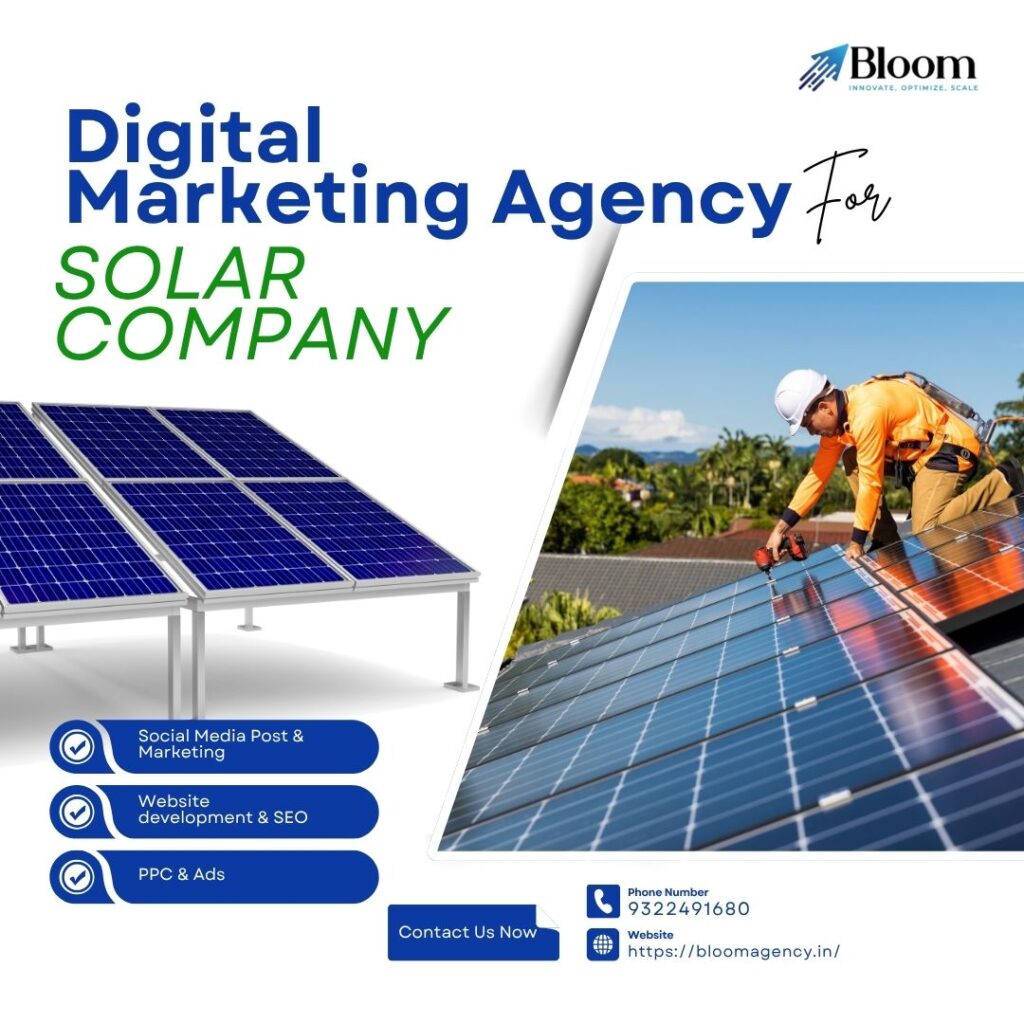A Beginner’s Guide to Ecommerce Website Development in 2025
Developing a solid ecommerce presence is not only a savvy business strategy—it’s a necessity. As more consumers turn to online shopping, having a nicely developed ecommerce website is imperative to remaining competitive and delivering on user demands. But just what is ecommerce website development, and how do you get your site ready to succeed?
This guide walks through everything you need to know—from development options to must-have features and the process of building a custom online store from the ground up.

Table of Contents
ToggleWhat Is Ecommerce Website Development?
Ecommerce site building is the process of developing an online storefront where items or services may be shopped, placed in a cart, and bought by shoppers. It is not merely about aesthetically pleasing a website. It is about making sure things work, run easily, and are easy to use, while at the same time securely and efficiently processing payments.
Whether you’re opening a new store or updating an existing one, the build process sets the stage for performance, usability, and scalability.
Your Options for Creating an Ecommerce Site
There are several directions you can go when building an ecommerce site. Your selection will be based on your budget, technical expertise level, and the amount of control you need over the site’s features and organization.
1. Hosted Platforms
These are hassle-free, subscription-based solutions that take care of hosting and maintenance for you. Consider something like Shopify or BigCommerce.
Why go this way? If you’re just starting out and want a quick setup, these platforms allow you to get a store up and running in a hurry with little hassle.
Costs? Limited control over customization and monthly recurring charges.
2. Open-Source Platforms
You’ll be responsible for hosting and customization yourself using tools such as WooCommerce (on WordPress) or Magento.
Upsides: More control and customization options.
Challenges: You’ll need to handle updates, backups, and security, or hire someone who can.
3. Custom Development
This approach involves building everything from scratch or using a framework. It’s ideal for businesses with specific requirements or growth plans that outpace the limits of existing platforms.
Pros: Fully tailored features and a unique design.
Cons: Time-intensive and often more expensive.

Features That Make a Difference
Regardless of how you construct your ecommerce website, the experience for the user is paramount. Here are essential features your site should not do without:
Intuitive Navigation
The user must quickly locate what he or she desires. Logical menus, a search function, and filter functions assist the purchasing process.
Mobile Compatibility
Because a significant portion of users shop using a smartphone or tablet, your website must be suitable for all screen sizes and look appealing.
Secure Checkout Process
Customers will abandon them if they don’t feel safe. SSL encryption, secure checkout gateways, and trust indicators such as security badges instill customer confidence.
Inventory & Product Management
Simple back-end management features allow easy addition or modification of products, monitoring inventory, and updating listings as necessary.
Customer Accounts (and Guest Checkout)
Provide repeat customers with the option to log in, monitor orders, and save preferences—while still offering guest checkout for one-time shoppers.
SEO Optimization
Clean URLs, correct headings, and quick loading speeds get your store listed in search engines. Do not overlook on-page SEO best practice.
Analytics Integration
Monitor visitor activity, sales patterns, and conversion rates using Google Analytics or equivalent software.
Steps to Create a Custom Ecommerce Website
If you want to create something custom-built for your business, here’s a step-by-step overview of the normal development process.
Step 1: Define What You Need
Begin with a firm grasp of what you want. Are you starting an entirely new business or taking over an existing old store? What’s your market? Who are your users? Establish your feature set upfront—stuff like wishlists, filtering, or special shipping.
Step 2: Pick the Right Tech
The tools and platform you select will define your entire development journey. Typical pairs are:
- Frontend libraries such as React or Vue.js
- Backends such as Node.js or Laravel
- Databases like MySQL or MongoDB
- Others like a headless design—where front end and back end are separated for increased flexibility.
Step 3: Design the Layout
Collaborate with a designer to produce an attractive layout. Elegance, in this case, is created through simplicity of navigation and concise calls to action. Mockups and wireframes will allow you to see how users will navigate your site.
Step 4: Develop Core Features
Here’s where the coding starts. The developers flesh out the product catalog, cart, payment gateways, and user journeys. Security and performance are built in.
Step 5: Test Everything
Test your site extensively before going live. Test it on various devices and browsers. Check for slow-loading pages, broken links, and checkout issues. Testing also involves making your site secure from threats.
Step 6: Launch & Monitor
After launch, monitor how people are using your site. Use analytics and feedback to discover pain points and keep going back and optimizing and improving.
How BigCommerce Makes Development Easier
If you don’t have a development team—or simply want a quicker way to get up and running—BigCommerce can be a good solution. It’s more adaptable than a lot of hosted solutions and provides robust tools for larger enterprises or those aiming to grow.
Major advantages are:
- SEO-friendly design
- Multi-channel selling support (such as Amazon and Instagram) built-in
- Headless for deep customization
- Enterprise-level security and scalability
- BigCommerce is best suited for companies that require more than a fundamental store but don’t want to construct everything anew.
Final Thoughts
Ecommerce development is not a one-size-fits-all proposition. It’s a combination of planning, technical choice, design, and quality assurance. Regardless of whether you use a platform such as BigCommerce or a custom build, success comes down to how well your site serves your goals and your customers’ expectations.
Begin with a well-planned roadmap, pick the proper tools, and constantly optimize. A well-designed ecommerce website not only brings in customers—it turns them into loyal customers of your brand.
Frequently Asked Questions About Ecommerce Website Development
How long does it take?
Easy platforms can be installed in a matter of days. Custom builds typically take weeks or months, depending on complexity.
What is it going to cost?
Basic sites begin less than $1,000, but custom ecommerce sites cost tens of thousands of dollars based on features.
Do I require a developer?
Not necessarily. Platforms such as Shopify or BigCommerce allow you to go DIY. But engaging a developer provides you with greater freedom and a professional outcome.
Can I sell on social and mobile platforms as well?
Yes. Most ecommerce platforms offer multichannel selling across mobile apps, Facebook, Instagram, and other places.












Rahul M.
B2B Service Provider